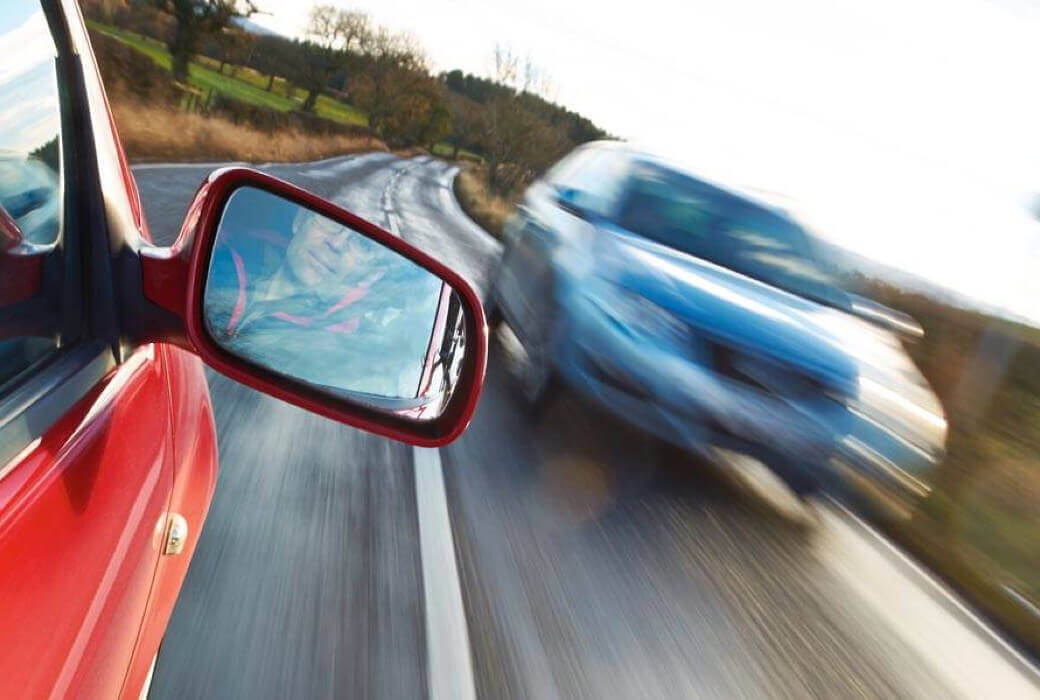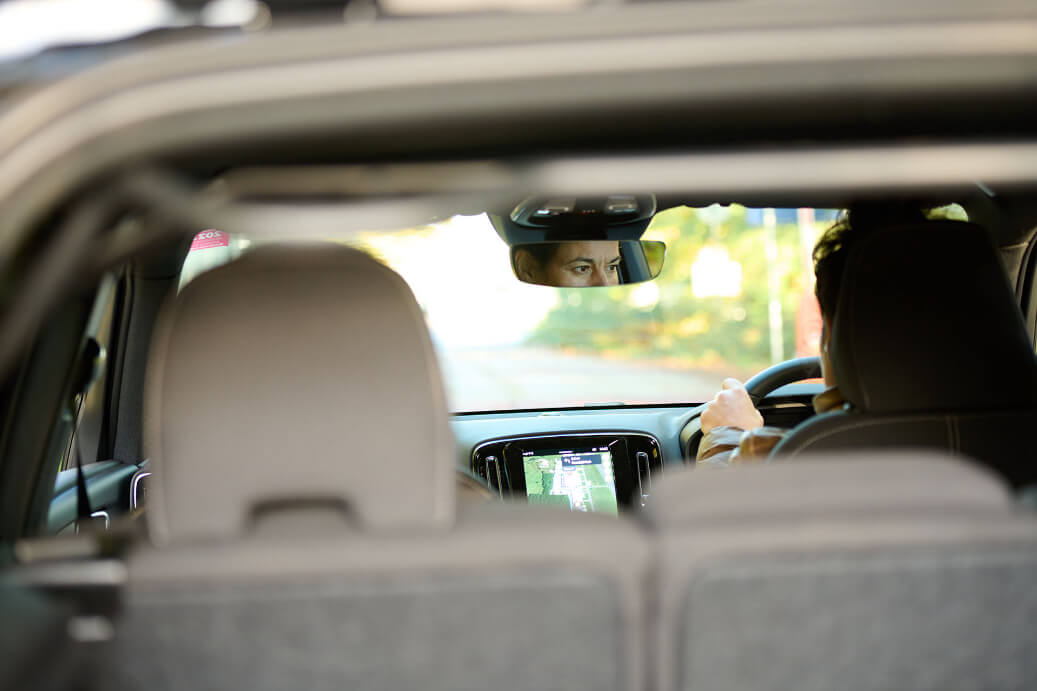The UK has one of the best road safety records in the world but many drivers fail to follow posted speed limits.
With speed being a critical factor in most road crashes, it is essential that motorists recognise and apply effective speed management techniques.
Former teacher-turned-TTC-instructor John Teasedale offers his thoughts on speed management and shares 6 top tips on how to stay within the speed limit.
Have you ever driven along a road and not known what the speed limit is? Chances are you’re not alone. Many motorists express frustration at the plethora of road signs now littering our towns and cities making it nigh on impossible to work out what the speed limit is.
Then, just as you manage to work it out and breathe a sigh of relief, another sign leaps out of nowhere and the limit changes again. Grumbling in language best kept to yourself, you slow down and, being a generally law-abiding citizen, try your best to keep to this new limit – only to find an irate queue of impatient drivers following along behind.
If this sounds all-too familiar, fear not – thousands of motorists up and down the country share your experience on a daily basis and a fair few find themselves invited to attend a speed awareness course as an alternative to a £100 speeding fine and 3 penalty points.
Although many drivers are not exactly over-the-moon to be invited, many recognise their value as not only an alternative to prosecution but also a good opportunity to refresh their knowledge of speed limits and the Highway Code.
Many of our clients often comment on how valuable the training has been, with many realising that perhaps their understanding of road signs, road markings and speed limits has not kept pace with our constantly evolving road network and the accompanying changes in road traffic law it requires.
This is good news for road safety as it has long been recognised that education, rather than prosecution, is the key to ensuring that drivers are both safe and well-informed when it comes to dealing with some of the most congested roads in Europe.
However, at the end of a course, clients often tell us that they wish the information they received was more widely available as they feel that drivers should not have to be ‘caught’ to access the training.
Top tips
Here are our top 6 tips for effective speed management, which our clients tell us have been most useful in helping them to stay safe and legal.
- Use your gears to stay in control. Selecting a lower gear will help you manage your speed in built-up areas because engine braking will help to hold the vehicle back and prevent it running away from you. Try third gear for 30mph and, for those challenging 20mph limits, give second a try. Modern engines use fuel-injection systems controlled by computer, meaning you won’t use more fuel.
- Look out for street lights. If you can see a system of streetlights (that’s 3 or more), then the speed limit is 30mph. They can be lights on telegraph poles or strip lighting in tunnels, and they don’t have to be switched on. Don’t worry about the space between them, either – 3 or more and it’s a system. If there are no streetlights, then it’s national speed limit (remember, that will vary depending on the type of road and the vehicle you are driving). This rule applies to all road types, apart from motorways. If the speed limit is anything different, it must be signed because signs overrule streetlights.
- A dual carriageway is nothing to do with the number of lanes. Yes, you did read that correctly. A dual carriageway is defined by the fact that it must have a physical separation between the two opposing carriageways. That can be grass, infill, concrete or metal barriers, or just a raised kerb down the middle. You can have one or more lanes in either direction, but the presence of two lanes alone does not constitute a dual carriageway. Our American cousins use the term ‘divided highway’, and that’s a pretty accurate description of a dual carriageway here in the UK.
- A dual carriageway with streetlights is limited to 30mph. Again, not a typo! Unless there are signs telling you otherwise, the speed limit will be 30mph – remember the streetlight rule. If the limit was anything different, there would be signs to tell you this. Many drivers forget that the streetlight rule applies to dual carriageways too, and are caught out because the road ‘looks faster’.
- If you’re towing, you should be slowing! If you are towing anything, whether it’s a small box trailer, a boat, or a caravan, you will be subject to lower speed limits on a national speed limit section of road. For a single carriageway road, that’s a maximum of 50mph, and for a dual carriageway, that’s 60mph. It’s worth remembering that these lower limits also apply to the majority of vans and to minibuses – important if you need to hire one. If you are towing on a motorway, your maximum speed is set at 60mph.
- Give yourself time. One of the biggest causes of speeding is time pressure, or running late. Allow yourself that ‘safety margin’ of extra time, so you don’t feel pressured into breaking the law and risking speeding fines, points, or worse. Remember that a smooth, progressive drive within the speed limit uses up to 25% less fuel. And speed limits are just that – limits, not targets. There will be many occasions when the limit just isn’t appropriate, and you’ll need to adjust your speed accordingly.
For more advice or to develop your driving skills, call 03330 113113 or email contactus@ttc-uk.com.

